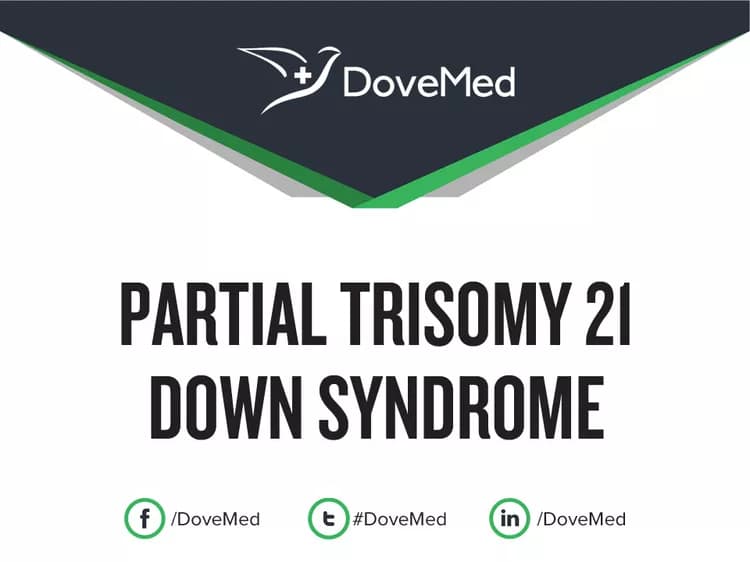The topic Partial Trisomy 21 Down Syndrome you are seeking is a synonym, or alternative name, or is closely related to the medical condition Down Syndrome.
Quick Summary:
- Down syndrome is the trisomy of chromosome 21. The term ‘trisomy’ indicates that there are three chromosomes instead of a typical pair of chromosomes. The trisomy of chromosome 21 means that there is an extra chromosome 21
- All chromosomes are numbered in pairs. Usually, 46 chromosomes are present; but individuals with Down syndrome have 47 chromosomes
- Chromosomes are structures made of deoxyribonucleic acid (DNA). DNA is responsible for the makeup and functioning of every human being
There are 3 common types of chromosomal abnormality that result in Down syndrome:
- Trisomy 21: The extra copy of chromosome 21 is typically from the mother, often due to errors in the egg cell. Over 95% of all Down syndrome cases, are due to this occurrence
- Translocation: This occurs when a piece of chromosome 21 attaches itself to another chromosome, usually chromosome 14. Here, the individual has two copies of chromosome 21 and an additional fragment attached to chromosome 14
- Mosaic: This means that the individual has 3 copies of chromosome 21 in some, but not every cell of the body
Please find comprehensive information on Down Syndrome regarding definition, distribution, risk factors, causes, signs & symptoms, diagnosis, complications, treatment, prevention, prognosis, and additional useful information HERE.
Related Articles
Test Your Knowledge
Asked by users
Related Centers
Related Specialties
Related Physicians
Related Procedures
Related Resources
Join DoveHubs
and connect with fellow professionals


0 Comments
Please log in to post a comment.